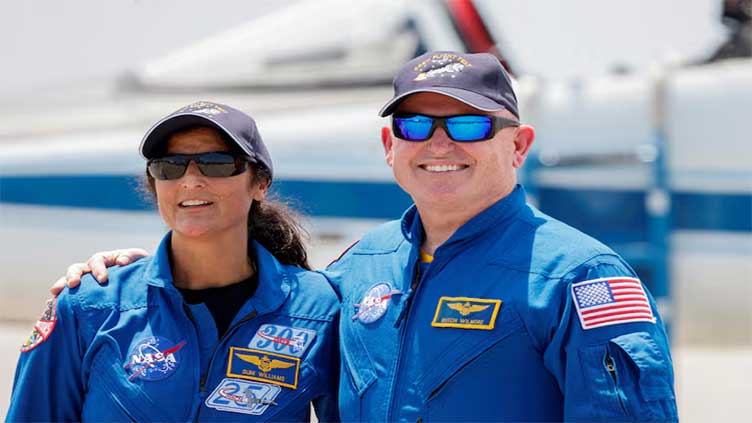Nasa decision not to use Boeing capsule to bring astronauts back adds to company's problems

Technology
It is safer to keep astronauts in space until February rather than risk using the Boeing capsle
(Web Desk) - Nasa’s announcement Saturday that it won’t use a troubled Boeing capsule to return two stranded astronauts to Earth is a yet another setback for the struggling company, although the financial damage is likely to be less than the reputational harm.
Once a symbol of American engineering and technological prowess, Boeing has seen its reputation battered since two 737 Max airliners crashed in 2018 and 2019, killing 346 people. The safety of its products came under renewed scrutiny after a panel blew out of a Max during a flight this January.
And now Nasa has decided that it is safer to keep the astronauts in space until February rather than risk using the Boeing Starliner capsule that delivered them to the international space station.
The capsule has been plagued by problems with its propulsion system. Nasa administrator Bill Nelson said the decision to send the Boeing capsule back to Earth empty “is a result of a commitment to safety.”
Boeing had insisted Starliner was safe based on recent tests of thrusters both in space and on the ground. The space capsule programme represents a tiny fraction of Boeing’s revenue, but carrying astronauts is a high-profile job — like Boeing’s work building Air Force One presidential jets.
“The whole thing is another black eye” for Boeing, aerospace analyst Richard Aboulafia said. “It’s going to sting a little longer, but nothing they haven’t dealt with before.”
Boeing has lost more than $25 billion since 2018 as its aircraft-manufacturing business cratered after those crashes. For a time the defense and space side of the company provided a partial cushion, posting strong profits and steady revenue through 2021.
Since 2022, however, Boeing’s defense and space division has stumbled too, losing $6 billion — slightly more than the airplane side of the company in the same period.
The results have been dragged down by several fixed-price contracts for NASA and the Pentagon, including a deal to build new Air Force One presidential jets.
Boeing has found itself on the hook as costs for those projects have risen far beyond the company’s estimates. The company recorded a $1 billion loss from fixed-price government contracts in the second quarter alone, but the problem is not new.


